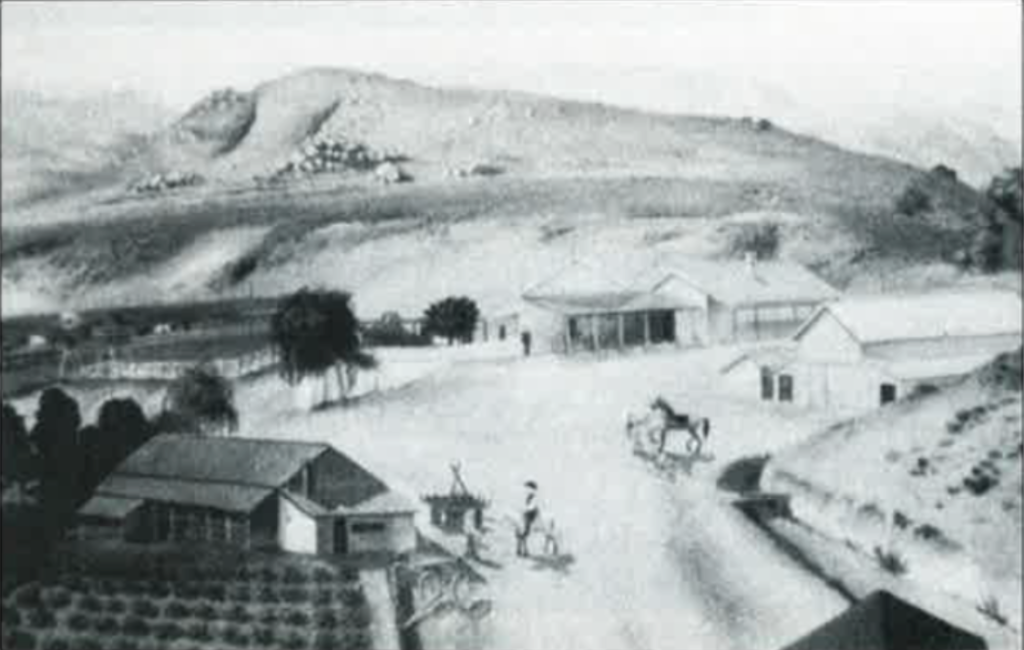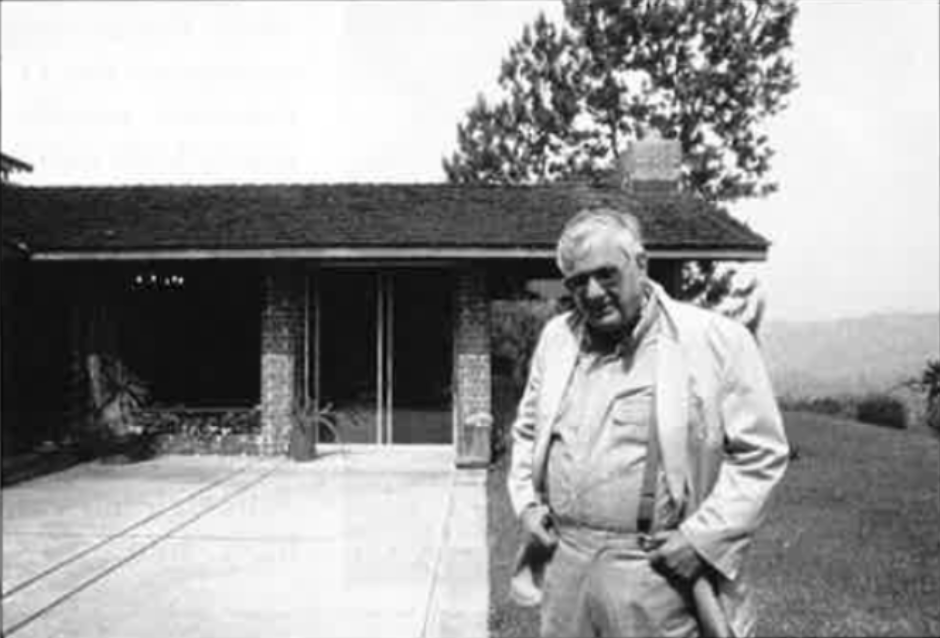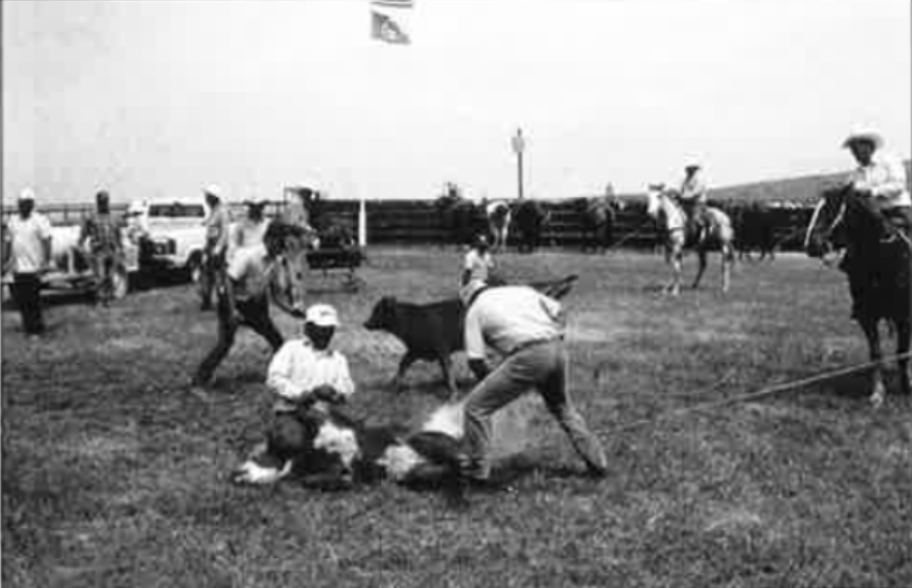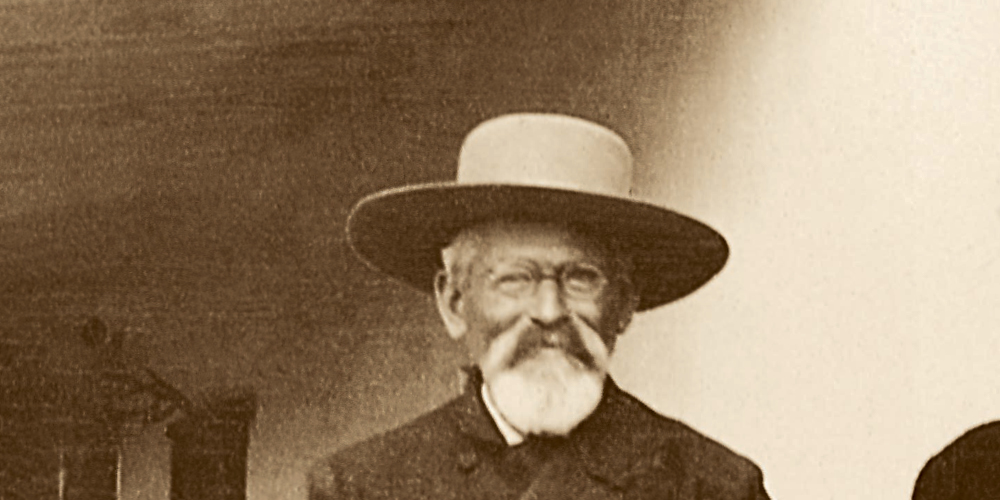How two generations of O’Neills left their mark on California’s history
To the newly arriving immigrants of the mid-19th century, America was a “dream waiting to come true.” Depending upon a combination of the industrial skills they possessed, the locales they chose to call home, the energy they exerted in trying to succeed, and simple chance luck, many eventually realized their dreams — while others found only squalor and poverty in their newly adopted land.
In 1846, a 22 year old Dubliner named Richard O’Neill set off from Ireland in search of a better life. His first stop was St. John’s, Newfoundland, Canada. Like many before him, and many to follow, this port of arrival would become the first stop for those Irish men and women who had last seen Ireland, through tearful eyes, vanish over a cold North Atlantic horizon.
O’Neill did not relish the weather in St. John’s, so he set off for Boston, arriving in 1848.
A butcher and cattleman by trade, he found little enjoyment in Boston. Plus, the bigotry displayed against his kind was depressing.
At the Boston wharf, O’Neill would see hundreds of head of prime cattle arriving, aboard packed cattle ships, most coming from a distant land named California. With the cattle came tanned and weathered wranglers, each with his own story about the year-round warm climate that California offered.
Within months, young O’Neill was aboard a ship, bound for San Francisco. After spending a few months there, he sailed back to New York City — the purpose being to establish business ties with potential importing agencies.
Soon he was again aboard another ship headed for San Francisco. With him was his wife-to-be, whom he had met in Boston. Her name was Mary O’Neill, born in Ulster. Although not directly related, they both shared a common bond to the O’Neill clan of Ulster.

Also aboard the same ship was a man, unknown to him previously, named James C. Flood. This man would eventually become one of the most wealthy men in all of California, due to his financial interests in the multi-million dollar silver mines, collectively known as The Comstock Lode. During the arduous journey, via Cape Horn, the two men became good friends.
Like O’Neill, Flood also had an Irish pedigree. He was born in New York City to Irish parents. Eventually “banker Jimmy Flood” would provide investment capital to countless Irishmen seeking to start their own businesses in California. During the heydays of the Comstock Lode, Flood ended up owning The Bank of Nevada, eventually becoming known as Wells Fargo Bank of California.
Settling in south San Francisco, O’Neill began a lucrative butchering and slaughterhouse business. He eventually became one of the biggest suppliers of beef and other sundry foodstuffs to the hungry, and money-laden, 49’ers throughout the Sierra Nevada mining camps.
Mary and Richard soon became the parents of four children, two girls, two boys. O’Neill was often away from home, mostly on horseback, scouting for prime grazing land for his greatly expanding cattle herds. When he returned, he would take time to tell his children about the enormous open ranges that existed in central and southern California. His two boys, Jerome and Richard, Jr., were especially enthralled by these tales of amber colored open rangelands.
Today, the O’Neill family continues its heritage as being one of the leading cattle ranching families in California. Patriarch O’Neill’s grandson, Richard J. O’Neill, continues the tradition.
“Dick” O’Neill, as he is known by most, oversees the families’ crown jewel, Rancho Mission Viejo, located in Orange County, near the historic Mission San Juan Capistrano.
On a recent tour, Dick O’Neill sat outside his beautiful home, situated on a hill, overlooking the pristine Rancho his grandfather purchased in 1882, with the financial help of Jimmy Flood.
“Initially, my grandfather went into partnership with Flood on what was then a 200,000 acre ranch,” O’Neill says. “They paid $457,000 for the entire territory.
My grandfather provided the cattle ranching expertise. Flood did what he did best — coughed up the dough.”
O’Neill paused as he looked over the remaining property. “Today we have over 40,000 acres. At one time the ranch had over 25,000 head of cattle but now we try to keep it at about 8,000. Plus, we graze another 5,000 head in Nevada, off-season.”
Over the years, the rancho has been reduced in acreage for a number of reasons. One major reason occurred in 1942 when the U.S. federal government, through the War Powers Act, claimed eminent domain over the southern section of the ranch. That portion is now the U.S. Marines’ elite training base, Camp Pendleton. In fact, the original main ranch house that the O’Neills once lived in now serves as the U.S. Marine commandants’ headquarters.
Rancho Mission Viejo remains one of the largest cattle operations in Southern California. In 1992, Forbes magazine estimated the O’Neill families’ wealth to be nearly $500 million.

Dick O’Neill’s father, and uncle Jerome, left strong and indelible impressions on the young man as he grew up. O’Neill explained, “My dad was really something. Although he was often busy, and away from home, I always looked forward to being with him.”
He recalled one event. “My father, like my grandfather, seemed to know everyone who was anyone. I remember as a youngster, we went to a USC vs. Pittsburgh football game at the Rose Bowl in 1933. My dad brought along a friend named `Gentleman Jim’ Corbett, the boxer. USC whipped Pitt, 35-0. But everyone around was focusing on Corbett. I felt like a hero sitting next to the guy.”
O’Neill’s father lived to be 70, coincidentally the same age that Richard O’Neill, Sr. had been at the time of his death. “Like the old man, my dad and his brother really had a colorful upbringing” says Dick O’Neill, who recently turned 71.
“My dad began working in Jimmy Flood’s bank in San Francisco. My uncle Jerome went to work for him riding as a `shotgun guard’ for the Wells Fargo Stagecoach Line. From what I heard, those were rough times.”
When asked about what “Irish legacy” his father and grandfather supplied him with, he said, “In a way it’s sad; my father and grandfather really didn’t speak much of Ireland, or anything Irish. In that day, they just didn’t relate to it the way many of us do today. But that’s O.K. People for the most part think of the Irish in much better terms today than when my grandfather arrived in San Francisco. Remember, those were the days of the Vigilante Party (aka, the know-nothings). It wasn’t always helpful to advertise the fact you were Irish then.”
O’Neill has lived a full and charmed life. After graduating from Beverly Hills High School in 1942, he enrolled in the Navy. Eventually, he ended up in the Pacific aboard a troop supply ship.
He laughs when asked if he saw any action. “Our ship was so small and nonstrategic that whenever any Japanese planes got within range, they’d just pass by. I think they didn’t want to waste their ammunition. But I did see some PT boats get pretty shot up.”
Like his father and grandfather before, O’Neill has sought involvement, mostly behind the scenes, in the political arenas. His first hands-on involvement began in the Navy. He was in charge of making sure all of the enlisted men voted by absentee ballot.
As he said, “Everyone aboard that ship voted while I was there. I enjoyed getting people involved in the process.”
That tradition continues. Dick O’Neill has been involved with the local, state and national Democratic party for over thirty years. In 1992, he served as Orange County chairman for candidate Bill Clinton. Orange County has been historically known as a Republican bastion.
O’Neill laughed. “People say I should have my head examined…they’re probably right. After all, the Democratic party represents only 27 percent of the registered voters in Orange County. But Orange County went ClintoN’s way — the first time ever in a presidential campaign. Orange County helped put Clinton over the top in California.”
After being discharged from the Navy, young O’Neill enrolled in college. Unlike his father, he wanted to try something other than cattle ranching. He added, “Cattle weren’t all that appealing to me then. In fact, I tried to avoid riding as often as I could…I kept falling off.” He sidesteps the fact that he is an expert rider and often takes part in some of the ranches’ yearly cattle “roundups.”
After attending college, young O’Neill went directly into the restaurant business. Shortly after opening a successful establishment in Morro Bay, California, he decided to drive his old Ford back to Southern California. As he was cruising through one of the small coastal towns, he eyed a young lady in a high school marching band. Her name was Donna Newman. On the spur of the moment he pulled over, found the courage to approach the young band member and introduced himself. Within a year the couple were married.

Over the years, O’Neill has owned a variety of restaurants. For 22 years he owned the notoriously popular Blarney Castle pub near downtown Los Angeles. He called the place “a fake Irish bar. For many years, it was `the place’ to be on St. Paddy’s Day. It was really fun to own, but as the years went by, I decided that I wanted to move a little closer to the ranch, so I dumped it.”
Today he owns the El Adobe de Capistrano restaurant, located less than a furlong from Mission San Juan Capistrano. The building itself was built in 1797. Over the decades, the restaurant has served as a courthouse and jail, an emergency hospital, even a stagecoach stop. Long ago it was declared a California Historical Landmark.
O’Neill also serves as chairman and director of the company which owns the ranch and surrounding property, Santa Margarita Company.
He has visited Ireland often. He described one visit in 1982, which was billed as an O’Neill clan reunion. “That reunion had some of the toughest looking bunch of people I had ever seen. We had a great time visiting Belfast and especially Derry. I actually enjoyed the North enormously. We rented a Belfast taxi for a couple of days, just so we didn’t have to drive. The poor taxi man…he just couldn’t figure us Yanks out to save his soul. Plus, he loved to argue about anything you could think of.”
With a deep laugh he continued, “God willing, I hope to get back to Ireland again. The people are as delightful as the scenery…maybe more so.”
As he described some old photos taken of his father and grandfather he commented, “You know, these guys had it tough. But it really is amazing when you think of what America had to offer during those days. The more I look into the level of contributions made by the early Irish immigrants, the more remarkable their stories become.”
It has been 146 years since O’Neill’s grandfather first stepped on U.S. soil. Over that period, two generations of O’Neills have left their mark on California history.
As the sun set over the hills behind his beautiful home, he gazed over his domain and said, “It’s good to see what hard work can accomplish. I’m glad my family had the courage to succeed. I’m sure a great deal of it had to do with where they came from.”
Editor’s Note: This article was originally published in the January/February 1997 issue of Irish America. ⬥


Leave a Reply